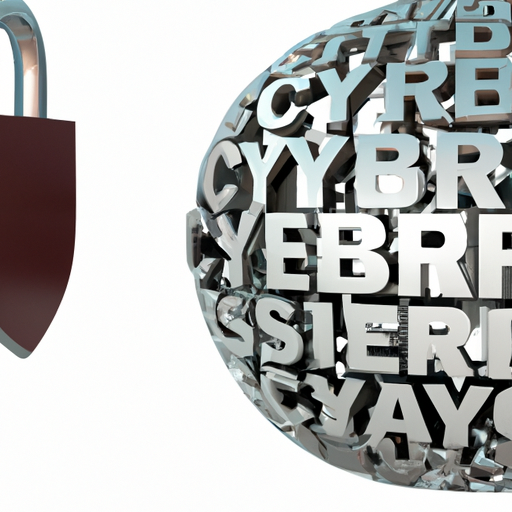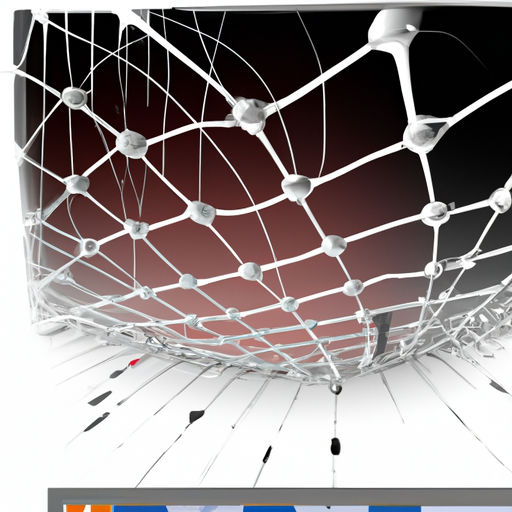In today’s digital landscape, where cyber threats continue to evolve at an alarming rate, traditional cybersecurity measures often fall short. Enter Cybersecurity Mesh—a transformative approach to enhancing security that prioritizes a decentralized structure over the conventional perimeter-based security model.
What is Cybersecurity Mesh?
Cybersecurity Mesh is a flexible, modular approach that provides an interconnected and multifaceted strategy for managing security across distributed environments. Unlike traditional models that focus on defending a single perimeter, a Cybersecurity Mesh allows organizations to integrate security solutions across different technological environments.
Benefits of Cybersecurity Mesh
- Enhanced Resilience: By decentralizing security protocols, organizations can build resilience against cyber threats, ensuring that no single point of failure compromises the entire system.
- Scalability: As organizations grow and incorporate new digital tools, Cybersecurity Mesh can easily scale to accommodate these changes without requiring a complete overhaul of the security architecture.
- Improved Visibility: This framework facilitates better visibility across networks, enabling security teams to manage vulnerabilities and respond to incidents more effectively.
Implementing Cybersecurity Mesh
Implementing a Cybersecurity Mesh involves adopting various technologies and practices, including:
- Integration of cloud-native security tools
- Continuous monitoring of security policies
- Defining clear roles and responsibilities for incident response
Organizations should also focus on regular employee training to foster a culture of security awareness.
The Future of Cybersecurity
As businesses continue to navigate the complexities of the cyber landscape, embracing a Cybersecurity Mesh offers a promising path forward. With its focus on decentralized security, organizations can be better prepared to confront emerging threats. By understanding and implementing this framework, businesses can not only protect their digital assets more effectively but also enhance their overall security posture in an increasingly uncertain world.









